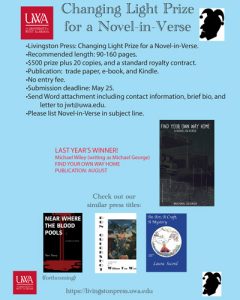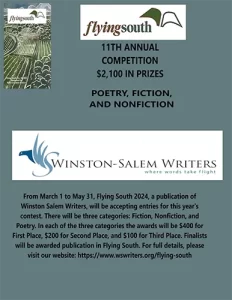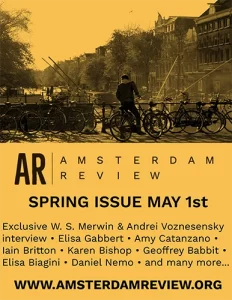Gargoyle – 2012
Number 58
2012
Annual
Mitchell Jarosz
Can our literary senses be overwhelmed? Gargoyle #57 was “a 600-page doorstop of an issue!” Gargolyle 58 is another 470 pages. It’s been noted in previous reviews that there’s too much work available and accepted for Gargoyle, and it happened again with #58. But it’s all of great quality! Consequently, the editors decided to divide everything accepted for #58 and print two issues in 2012.
Can our literary senses be overwhelmed? Gargoyle #57 was “a 600-page doorstop of an issue!” Gargolyle 58 is another 470 pages. It’s been noted in previous reviews that there’s too much work available and accepted for Gargoyle, and it happened again with #58. But it’s all of great quality! Consequently, the editors decided to divide everything accepted for #58 and print two issues in 2012.
In this issue, I count 44 previously published writers, all of whom have contributed pieces that merit inclusion and can be readily enjoyed and returned to. It begins with a great collection of memorable quotes as Elison Alcovendaz provides the anthology’s first of many visits to our learning years with his “Works Cited” piece. Both intellectual and personal growth are recognizable once you read the attempts at creating a personal place, virtually and in reality. The concept of plagiarism haunts us all, and Alcovendaz’s bibliographic entries bring back memories from every level of schooling.
If you look for a theme in literary collections you read, then I’ll go with “coming of age” and “first encounter” to bring me back to this collection. Consciously or not, the editors have provided a great deal of nostalgia.
There are only five pieces of nonfiction in this issue, but they’re all entertaining and appeal to a variety of tastes, from the amusing cultural retrospective of Charlotte Safavi’s “The Nose of the Matter” to Silvana Straw’s very amusing family piece, “Half Ball.” Ethnicity is in; I hope you don’t mind the ‘sex’ in any of them. The nostalgia is in all of them, whether you’re Italian, Iranian, or just grew up “in the neighborhood.”
The poetry section starts with these lines:
So like
I just always knew,
like,
I wanted to be
a poet, like.
The poetry section is much too comprehensive to be given a just review in this short space. One of the benefits of enjoying literature over the years is the opportunity and ability to hear the echoes. And echoes there are.
Echoes of Whitman and Ginsberg occur in Nick D’Annunzio Jones’s “The True Poet Laureate of the United States.” It’s one of the best examples, but it’s a tough work to quote when you’re referring to poets who used a lot of repetition to make their point.
And the nostalgia? Jim Tolan’s “Broken” reminded me of the middle school monster years:
Lloyd Grebbs in seventh grade showed off
pictures of a kitten he had buried
. . . . . . . . . . . . . . . . . . . . . .
God knows how many times.
This bought him an unspoken status,
And Rose Solari tells us a familiar story, a very familiar history, in “Who, What, When”:
It’s the same old story. Girl meets boy,
girl thinks, that’s it, but boy is already
mixed up in somebody else’s story, so
girl settles for girl-pal status. She’s
good at that. Two years on, they meet
again at somebody’s sister’s party, but
now the story’s run by her shiny new
wedding ring. A theme emerges,
something to do with time. . . .
The story goes on, as does the telling poetry. And there are far too many pieces to do them all justice. But all are a seriously good read.
The same problem exists with the fiction. Pieces of all sizes and tastes. What do you like? The flash fiction is a delight. Try Allison Harden Moen’s “Muse” for an enjoyable and lyrical trip back to what seems to have been the more leisurely time created by vinyl recordings:
I slide the slick record from the case, barely letting my fingers touch the shiny black surface and worn outer rim. I hold it with two fingers, inhaling the earthen scent deeper than a vanilla clove cigar, with more fullness in my lungs than breathing in fresh rain on concrete, or the ocean after months away from its salty blue-turquoise.
There’s more, of course, lots more, and artwork. I repeat myself; there’s a lot of really good work here, and I don’t hesitate to recommend the previous one and the next one as well. Just make sure you have lots of time to get to it all!
[www.gargoylemagazine.com]




